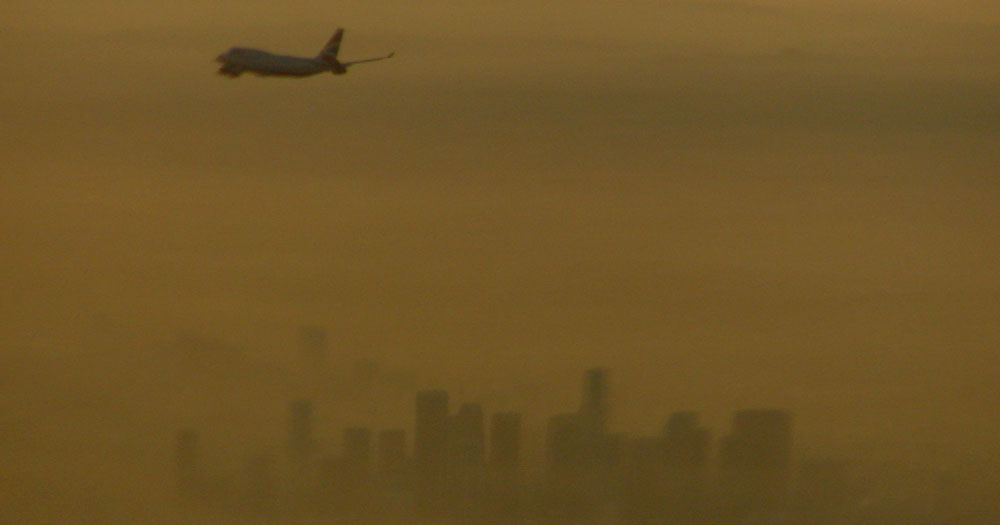AIR TRANSPORT Climate change
Aiming higher
RAeS Past President and Emeritus Professor of Aerospace Engineering at Cranfield University, Professor IAN POLL FRAeS gives a personal view on how aviation could halve its impact on the environment almost overnight if the right actions were taken.

For the past 20 years, a rapidly growing airline industry has appeared to do little to mitigate its increasingly significant contribution to global warming, generating a hostile reaction from environmentalists. The result has been a wholly negative narrative that puts the future of air travel and its supporting industries at risk. To make matters worse, the recently proposed ‘solution’ of a combination of alternative fuels, advanced technology aircraft and a massive offset scheme is a slow-starting, long-term, high-risk and hugely expensive undertaking that addresses less than half of the problem. It makes aviation a hostage to fortune and, unsurprisingly, it has been greeted with a great deal of scepticism, leading to yet more criticism and pressure.
However, I believe there are financial and regulatory actions that could be taken today, incurring only marginal cost, requiring no new technology and whose environmental impact would be significant and immediate. These actions are ethical, fully aligned with the scientific consensus and impact all the mechanisms contributing to climate change. They have the potential to reduce aviation’s contribution to global warming by 50% in the short term and, in the longer term, make aviation an overall global cooler. This would create a positive narrative for aviation in which everyone wins.
While most industries contribute to climate change by emitting greenhouse gases at ground level, aviation is much more complicated. Engine exhaust contains a cocktail of gases and aerosols and, uniquely, these are emitted in the upper troposphere and lower stratosphere. However, contrary to the assertions of most environmentalists and some climate scientists, these differences do not make aviation a bigger problem. Rather they create opportunities to deploy targeted actions that can reduce and, perhaps, even reverse aviation’s effect.
Environmental impact is related to the global mean temperature (GMT). Simply put, a warmer atmosphere holds more water, more water means more weather and, potentially, climate change.
The current, internationally agreed, target is to limit the increase in the GMT to 1.5C above pre-industrial levels. GMT is the temperature that gives a balance between incoming solar radiation and the Earth’s natural outgoing thermal radiation. It is not constant, varying continuously in response to changes in factors, such as total solar irradiance, Earth’s albedo and the levels of atmospheric greenhouse gases.
If there is a change in any of these, the balance is disturbed and the temperature starts to move towards a new equilibrium value. The degree to which any variation perturbs the balance is known as its ‘radiative forcing’ (RF). This characteristic can be estimated and used as a metric. For example, comparing present-day values gives an indication of a factor’s relative importance for GMT change, while comparisons with the past reveal the impact of anthropogenic activity. Importantly, RF values can be attributed to each element of an individual industrial activity. Global warming is extremely complex and using radiative forcing as a metric is far from perfect. However, it is good enough to identify the most important effects and to inform and guide policymaking.
